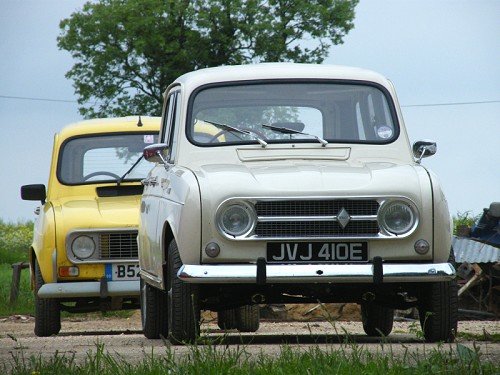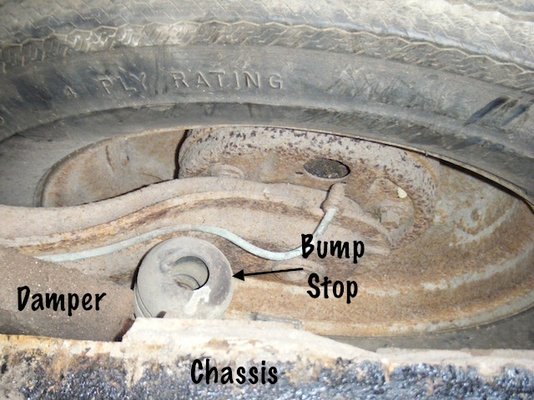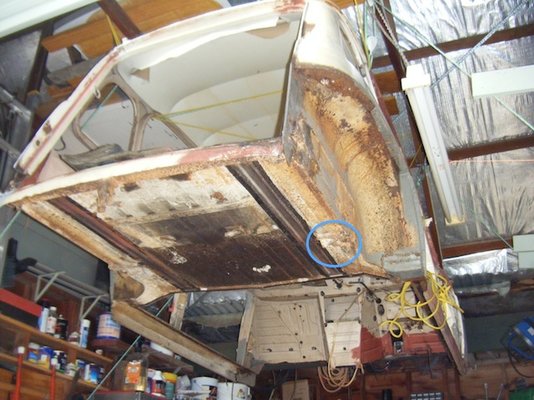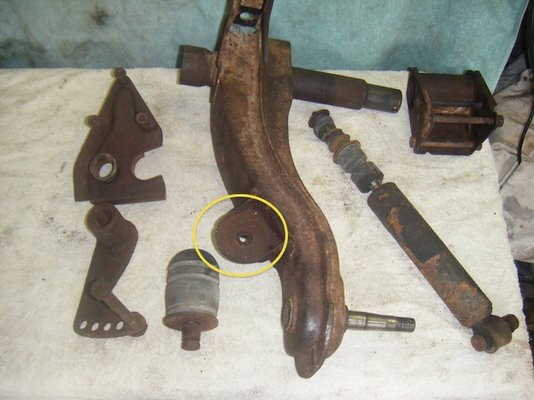malcolm
& Clementine the Cat
- Messages
- 4,519
- Location
- Bedford UK
I think the front of the Gordini is a bit high - it doesn't handle as well as the GTL, and the front tyres squeal a bit on cornering. It has GTL suspension and I want to drop it 20-30mm to make it closer to GTL height. I guessed the position when building the car.
Can anyone remember what the change in height would be from 1 spline on the front torsion bars? Logic would suggest if turning both ends by 1 spline changes the height by 3mm, and there are 20 splines, then the total would be 60mm, but that feels high.
Yet working it out roughly, one spline should adjust the angle of the lower arm by 18 degrees, and with roughly 370mm between the pivot and the wheel center that would result in 114mm movement which feels even higher.
PS - I've searched through the forum for ride height data for GTLs and popped it into a page for comparison - http://www.renault4.co.uk/tech-ride-heights.htm
If anyone can add info for their cars please post it here - we've all got 30 year old cars that are sagging a little, but it helps build a picture.
Can anyone remember what the change in height would be from 1 spline on the front torsion bars? Logic would suggest if turning both ends by 1 spline changes the height by 3mm, and there are 20 splines, then the total would be 60mm, but that feels high.
Yet working it out roughly, one spline should adjust the angle of the lower arm by 18 degrees, and with roughly 370mm between the pivot and the wheel center that would result in 114mm movement which feels even higher.
PS - I've searched through the forum for ride height data for GTLs and popped it into a page for comparison - http://www.renault4.co.uk/tech-ride-heights.htm
If anyone can add info for their cars please post it here - we've all got 30 year old cars that are sagging a little, but it helps build a picture.









